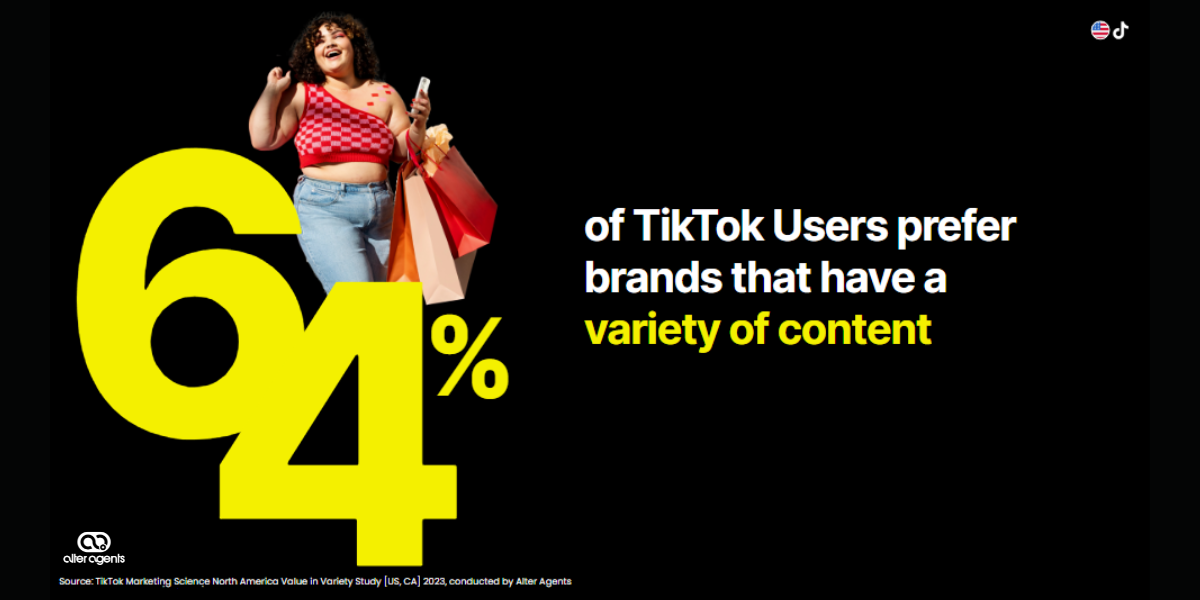
Are Your Insights Based on Hypothetical Research or Grounded in Actual Consumer Needs?
To understand purchase decisions, marketers must identify an instant when the consumer’s circumstances and context align with the brand to create symbiosis.
“Is this really the data you are looking for?” This is a question we’ve been asking steadily over the past couple of years at my company, as we see a distinct shift in consumer behavior and its effects on brand marketing. Brands and agencies are asking if their data is giving them the right information to make business decisions.
Factors driving the new consumer are creating unique challenges for brand marketing and making it nearly impossible to maintain brand loyalty. These consumers are constantly bombarded with information, driving promiscuity when it comes to brand choice and creating demand for a truly customer-centric shopping experience. What we don’t know is exactly what to do about it. The history of brand marketing centers on the concept that loyalty is paramount, but loyalty no longer exists.
One core way that we can start to see into the minds of the new consumer is to put them into context during the research process. In real life, consumers make purchase decisions based on a vast number circumstances and contextual influences—time, life circumstances, environment, convenience, reviews from total strangers and much more. Brand loyalty might cross their minds or be a starting point, but it is now only one of many factors they are weighing. Traditional research methods do not take these factors into consideration, creating a virtual straightjacket for our thinking. This calcified research paradigm is what prevents us from finding clear answers as to why consumers make purchase decisions.
As we explore in our recent e-book, “Magnetic Moments: Activating Promiscuous Shoppers,” researchers are asking the wrong questions. When exploring purchase decisions, the questions center on some kind of brand loyalty metric such as net promoter score, likelihood to buy or brand preference. These metrics are losing relevance.
Thought Leadership Updates
Get updates in your email.






